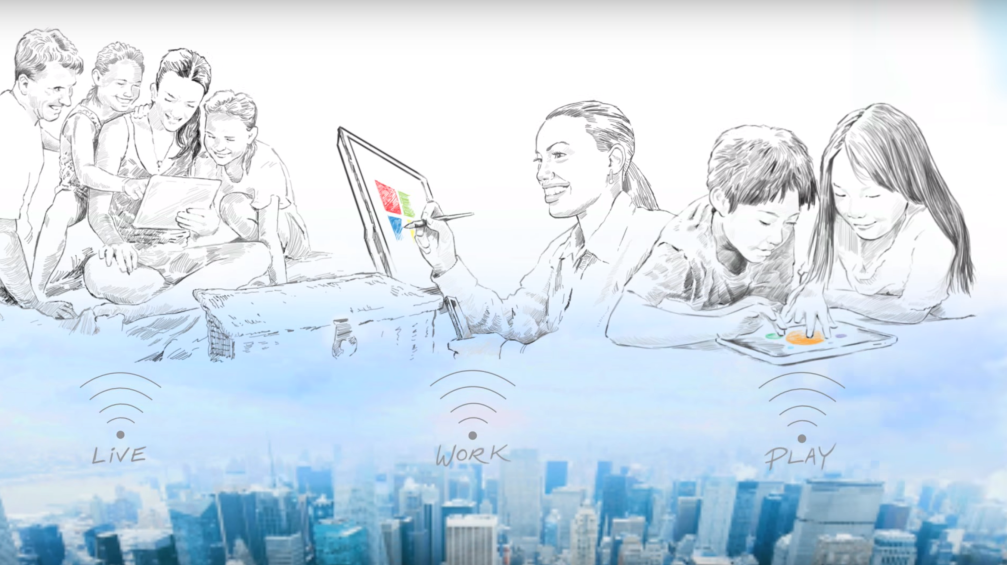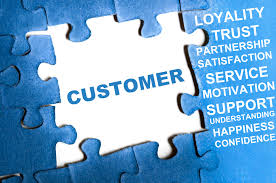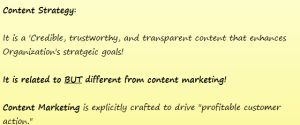
What I am trying to achieve via these readings?
I am trying to learn and re-learn aspects of digital transformation, and understand the fundamental technology laws underpinning today’s business disruptions. I am trying to understand the economics behind the disruption, the digital trends of past and future, and how businesses can pull together a Digital Transformation program? How can we create a comprehensive framework to help us think through this process all the way from business strategy to organizational and technology implications.
I would also try and apply the business motivation model, and come up with a value stream and business canvas for an industry (I haven’t yet decided which one it is going to be).
The Pace of Change: Exponential Evolution of Technology
Within 15, 20 years, digital has not only changed our personal lives but has also fully transformed the business world and no industry, no industry was immune.
There are three fundamental laws which have made it possible:
- Moore’s law.
- What this law says is that every 18 months, your computer will have twice as much power to process information.
- Originally, it was formulated slightly differently. It says that on a given silicon chip, every 18 months, you can double the number of transistors you fit in there. The reality is this law in this original formulation is being challenged but we will not go into further detail here.
- What this law says is that every 18 months, your computer will have twice as much power to process information.
- Buttler’s Law.
- It states that the amount of data communicated through a single optical fiber doubles every nine months. If you plot the typical speeds and megabytes per seconds on a log scale, we see a straight line, which means an exponential increase over the years.
- Kryder’s Law.
- This law looks at hard drive storage capacity and state that the amount of data stored per centimeter square of a hard drive will double every 13 months. At least, this was the case in the late ’90s and early 2000s, when Mark Kryder formulated his observation. The trend has actually slowed down to double every 16 or 17 months. But, anyway, this remains faster even than Moore’s law.
These laws have strong implication on the business world, and I am still studying those and understanding.
But we know that technology develops rapidly. However, as the human intuition is tuned to seeing linear developments, we tend to always underestimate the progress.
It is not surprising, therefore, that companies also tend to underestimate or even be completely blind to the impact of digital technology. If companies develop linearly and technology evolves exponentially, we see a gap between the two, a gap between the company’s actual value delivery and what would be possible technology-wise. And this gap is widening very quickly over time.
The gap is often filled by innovative startups using technology to satisfy customer needs in a very different way, a way incumbent players were unable to see or even worst, saw and couldn’t fully understand. We have the examples of companies like Kodak, Nokia or Blockbuster which have to pay a heavy price for this tendency of underestimating the trend!
What did I learn from my readings:
First, the exponential increase in processing power, communication bandwidth and storage capacity are the technological foundation of today’s digital transformation.
Second, our minds are tuned to seeing and predicting linear developments, therefore, the first challenge that both individuals and companies need to overcome is one of perception, of understanding how digital technology is evolving.
And last but not least, a gap tends to appear between how companies evolve and the technology potential. This gap is often filled by startups that come to disrupt incumbent players.
What’s next for me
Now as I understand how digital technology has gone through an exponential evolution and how this can be a foundation for a massive change for individual organizations, I want to know more about how business architecture as a whole has been transferring in the recent years.
What I mean by business architecture is how players in an industry are organized to deliver a certain value add to the end users. This includes competitors, suppliers, and players from adjacent industries, how do they interact together and who do they interact with. Industry architecture plays a huge role in determining a given company structure, processes and ultimately its business strategy. Interesting times ahead!














